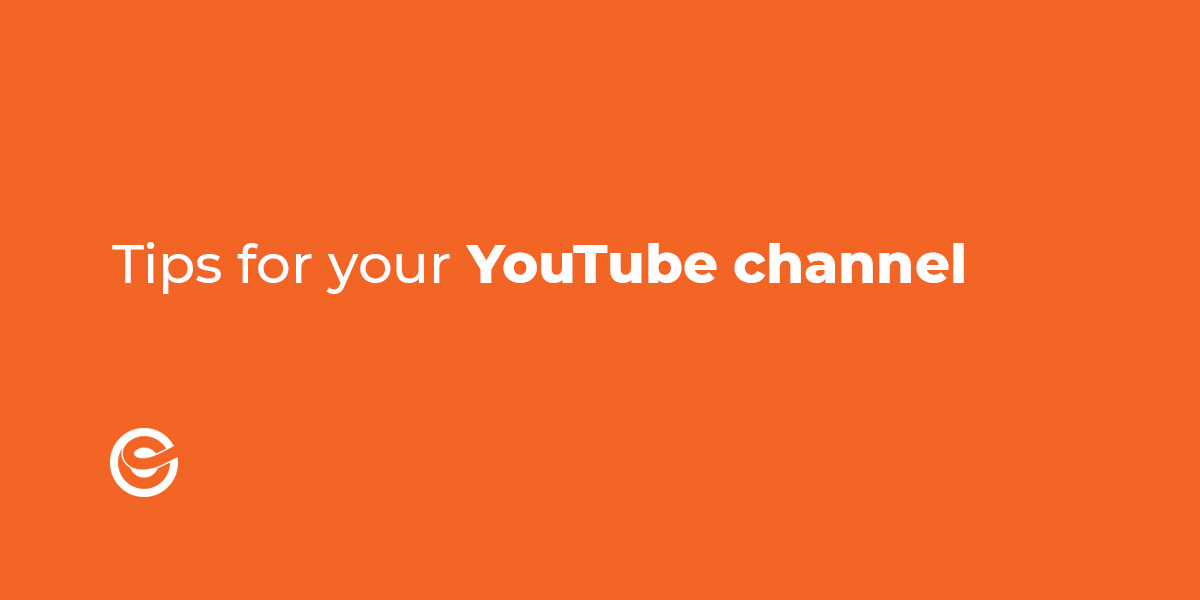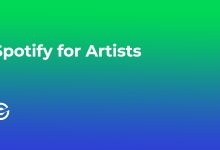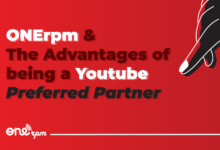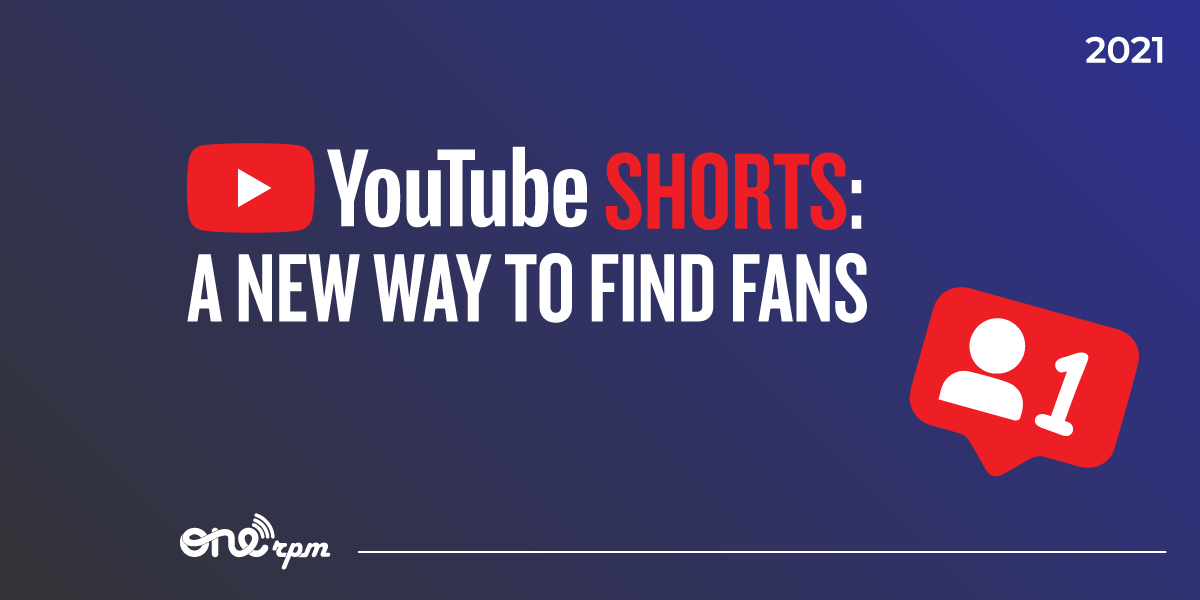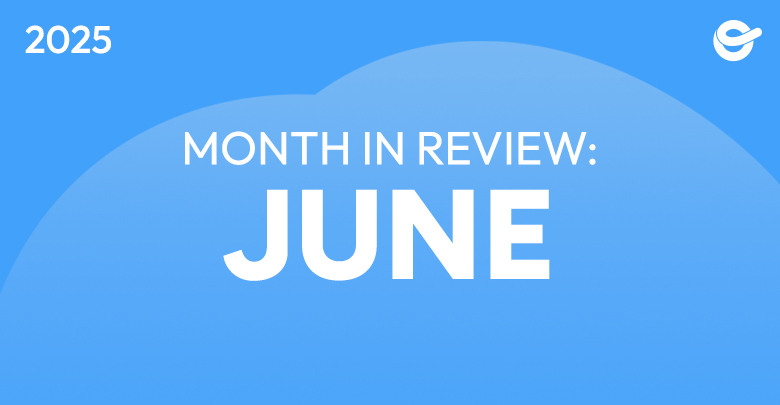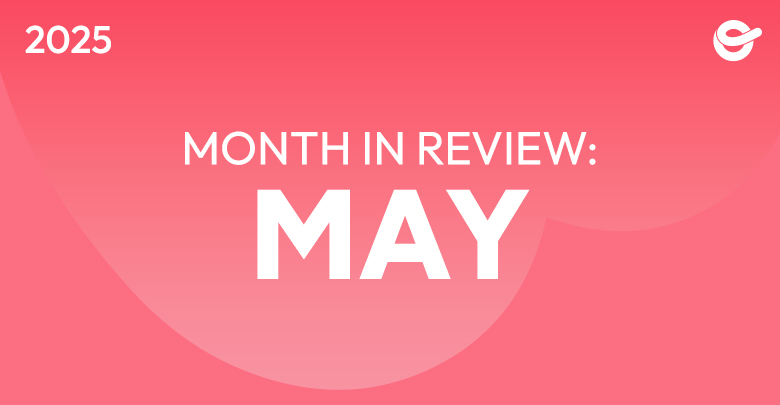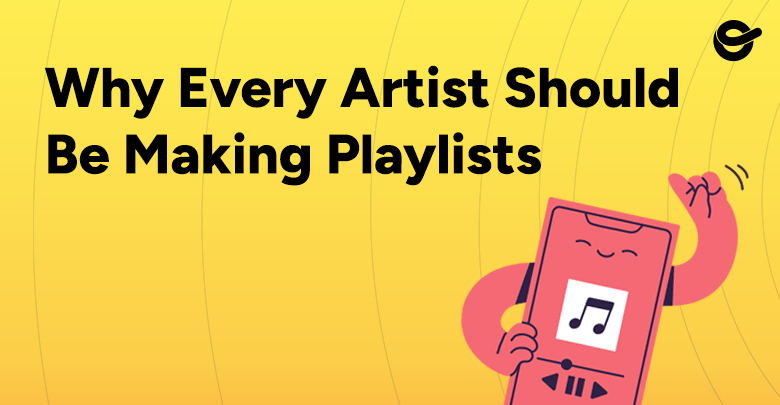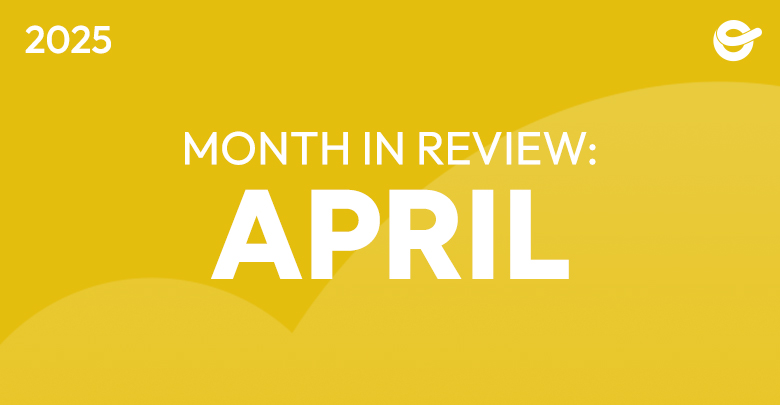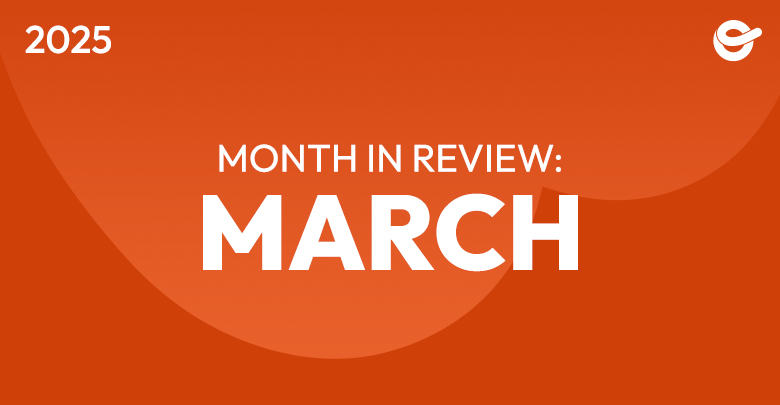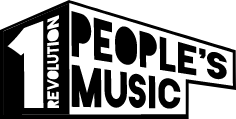
Social Media & Data Collection
How Artists Can Use Data to Their Advantage
If you follow the news or have read our most recent post, then you know that, despite being a beloved app amongst its 150M+ US users, legislators have their eye on TikTok and their data practices. So let’s talk data! How can you collect it? Should you be afraid of it? All that and more in this week’s post.
Fear Me! I Am Data!
Yes! TikTok is collecting data on its users. So is Meta, YouTube, Twitter, and just about everything that exists on the internet. The point of contention within the US government and other countries is not the existence of this data, but who has access to it. Unlike Meta, YouTube, and Twitter, TikTok’s parent company, ByteDance, is based in China. For legislators and regulators, this sort of connection to a geopolitical rival has inspired some real concern and even led some states to ban the use of the app on government devices. While the company wasn’t specifically founded by, or in association with, the CCP, private organizations don’t have the same leeway there that they do in the United States.
According to the country’s law, the Chinese government can force its citizens and companies to provide intelligence data when asked, meaning that data hosted on Chinese soil can theoretically be accessed by the Chinese Communist Party. As such, the underlying concern is one of national security, not user privacy. The US Government is not concerned with China’s ability to access the thousands of cat videos that make up your feed, but rather China’s ability to potentially utilize and abuse that app as a kind of giant surveillance or brainwashing tool.
UCLA professor Scott Galloway encapsulated this idea well in an article entitled TikTok: Trojan Stallion, in which he outlines how the recommendation algorithm could be used to create further division within the nation. By pushing politically left-leaning users’ content further left, and right-leaning users’ content further right, the algorithm could slowly herd users into the extremes of each end of the spectrum, creating a country divided.
While conceptually very scary, this assertion is not far from what social media platforms are designed to do. Twitter, Meta, and the like are all going to serve you more content that you like, and less content you dislike. Generally speaking, this is a well-documented process that leads to a phenomenon referred to as the Digital Bubble, in which you only hear and see opinions you’d like to see. While this does lead to bias and division, it is in no way new, and in no way the worst use of your data.
Where is Your Data Actually Abused?
One thing to note in this conversation is that the abuse of your data does not just come at the hands of government actors. While the infringements of privacy by the Federal Government documented by whistleblowers like Edward Snowden in the United States make waves, and the idea that TikTok’s collection of GPS and behavioral data could be used maliciously by the government in Beijing is not outside the realm of possibility, there are also other, less prominent, but more malevolent actors to contend with. This is deep water we’re in, and it’s not just the icebergs you have to contend with. In the same way that geopolitical theory can’t only account for established nation-states without acknowledging non-state actors, our understanding of the internet can’t be guided only by the laws in place around the world.
Recent hacks of prominent celebrities’ Twitter accounts should remind us all that there are far more malicious actors out there than the plodding bureaucracies of the major powers. Those celebrity hacks come in the wake of massive leaks of users’ identifying information at the company, which was already operating under a consent decree with the US government for previous failures to safeguard user data. This sort of wide-scale identity leaking can lead to users’ compromising information being sold to the highest bidder, which can be governments and organizations interested in suppressing their protests or activism, along with criminals interested in profiting off of the information. There is no shortage of companies that have been victim to that sort of information harvesting operation, including Meta, in the Cambridge Analytica scandal, the Colonial Pipeline Ransomware attack that took advantage of the company’s virtual servers, the Irish Health Service’s hack that exploited their email to access confidential records, the Sony Pictures hack that embarrassed executives.
This is why when we think about the shifting regulatory environment, it’s good to bear in mind that no law will ever fully regulate the internet. It’s important to never build yourself a tower in the sky whose foundation is on the shifting sands. Wherever possible, artists should take steps to build redundancies into their fanbase and create a backup.
Collecting Your Own Data
Unless you have 0 digital footprint, your data is out there somewhere. But if you’re an artist, this means your fans’ data is out there, too! And while the internet is a mess of misused data, an artist collecting information on their followers is only helping fans hear their favorite music.
Some of the most powerful pieces of data you can collect are your fans’ email addresses and phone numbers. If you want to get even more sophisticated about it, you could collect their IP addresses, their GAID (an identifier from Google), or their IDFA (one from Apple) – but for most artists, that kind of data is a step too far into the world of ad tech, so for our purposes, we’ll focus on SMS and email for the time being. These allow you to reach your fans directly, without having to rely on a social media platform’s algorithm (or existence). You can use emails and phone numbers to build custom advertising audiences, allowing you to run Instagram or YouTube ads just for people who are already your fans. You can also use those custom audiences to build lookalike audiences, which identify people with similar interests, demographics, and behaviors to your fans and are therefore likely to be a fan of your music as well.
So how do you get this data? If you’re a ONErpm artist, you have access to customizable smart links through your artist dashboard. Through these links, you can collect email addresses from users who pre-save your tracks and start to outline your fanbase. Collecting fan data is as simple as using these links to encourage your following on Instagram, Twitter, Facebook, VK, Telegram, and TikTok to pre-save your tracks!
In addition to pre-saves, there are also loads of other contesting, SMS marketing, and giveaway platforms that allow you to activate your fans in unique ways and collect information in the process. A non-inclusive list includes Laylo, Superphone, Community, Toneden, Gleam, Antavo, Tunespeak, and more. At live shows, offer fans an incentive at your merch table, like a free sticker, in exchange for signing up for your email list.
Finally, if you’ve found you’re one to go the extra mile, you might consider starting out on a more hands-on community-building platform like Discord. While primarily used by the gaming community, music communities have sprung up on the platform by way of artist-created servers. These servers offer vast customization and ease in community creation, with the ability to make various forums and channels for different topics, and even voice chats, if you’re looking to speak directly to fans!
Get Out There!
Data can be scary! But, whether you like it or not, it’s out there! So saddle up, and start collecting your own data, your fans will be happy you did.


